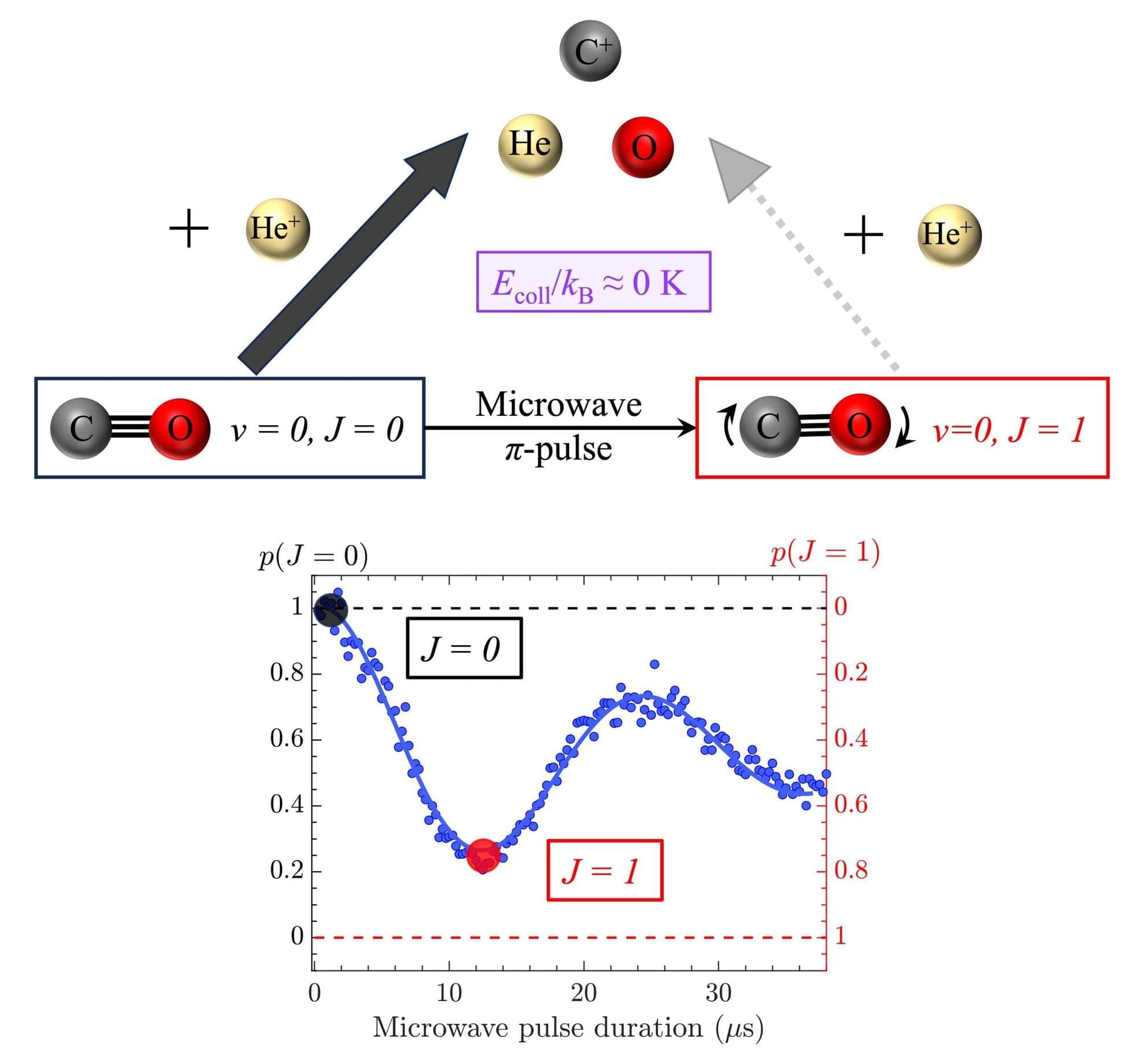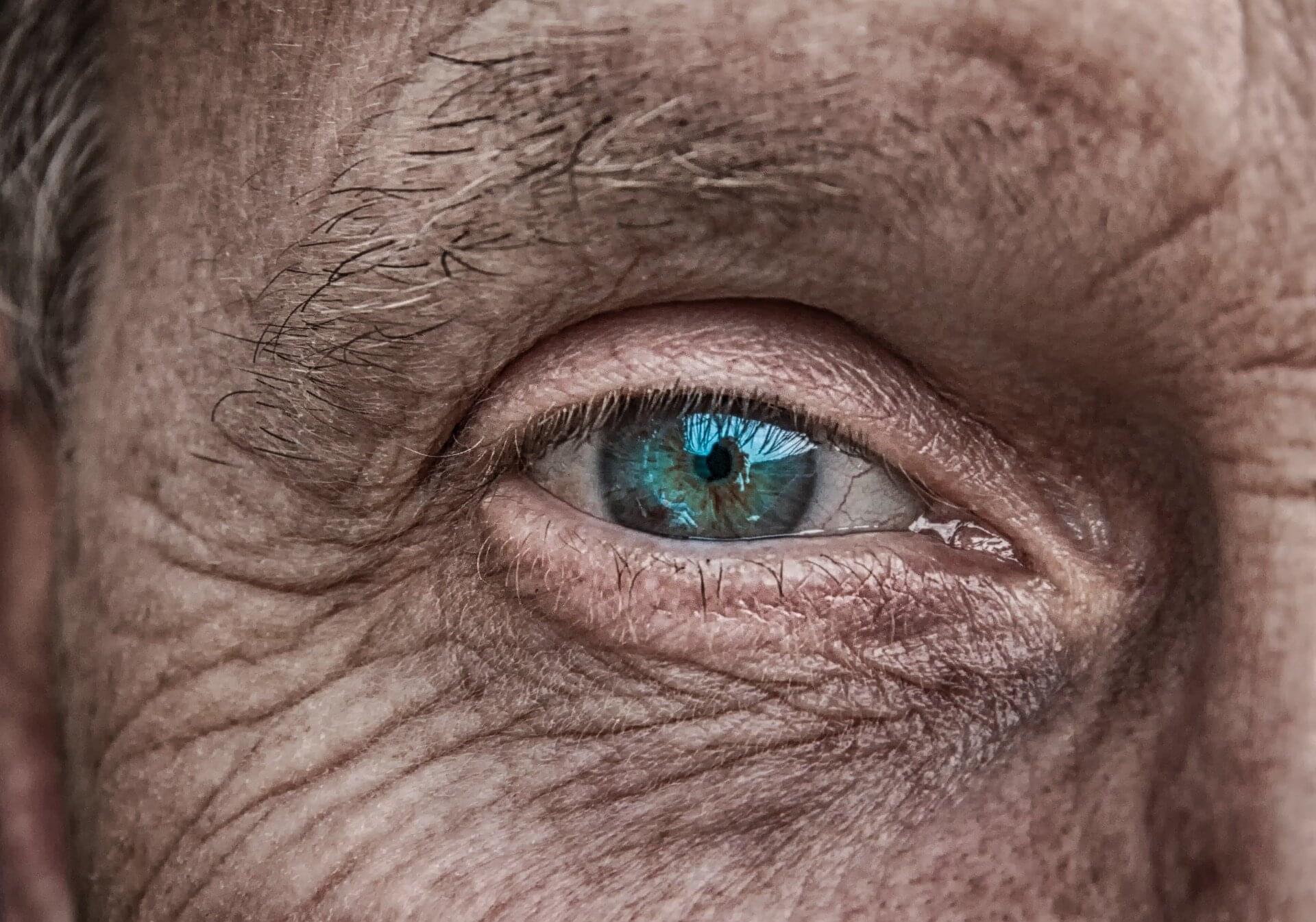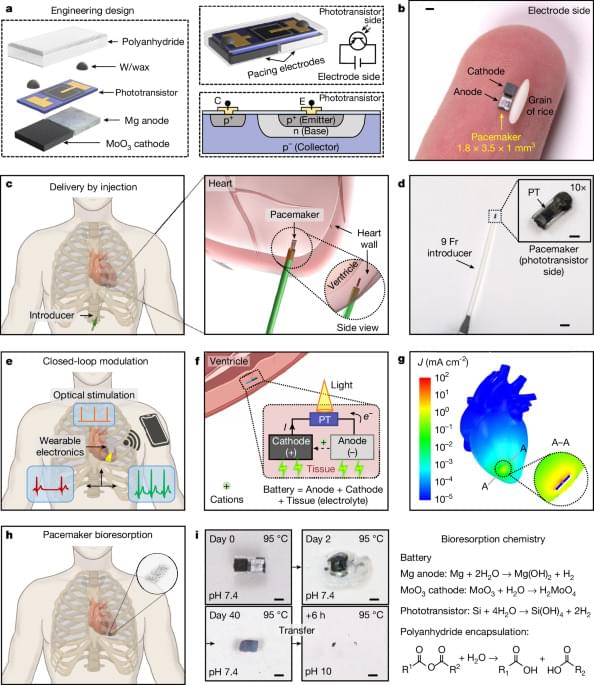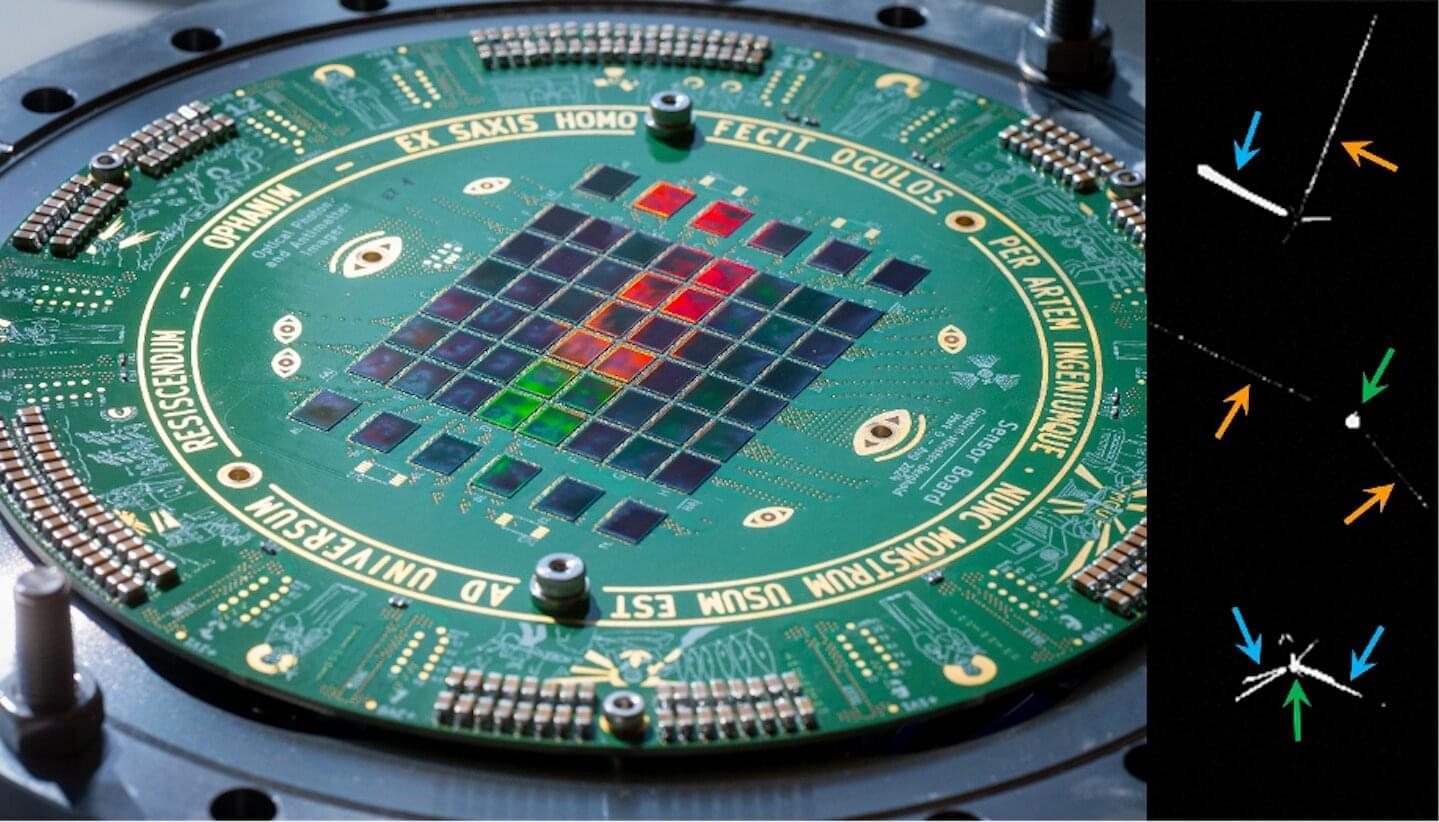ByteDance, Alibaba Group and Tencent Holdings among those ordering the most sophisticated AI semiconductors available under US export rules
A key objective of ongoing research rooted in molecular physics is to understand and precisely control chemical reactions at very low temperatures. At low temperatures, the chemical reactions between charged particles (i.e., ions) and molecules unfold with highly rotational-state-specific rate coefficients, meaning that the speed at which they proceed strongly depends on the rotational states of the involved molecules.
Researchers at ETH Zürich have recently introduced a new approach to control chemical reactions between ions and molecules at low temperatures, employing microwaves (i.e., electromagnetic waves with frequencies ranging from 300 MHz to 300 GHz). Their proposed scheme, outlined in a paper published in Physical Review Letters, entails the use of microwave pulses to manipulate molecular rotational-state populations.
“Over the past 10 years, we have developed a method with which ion-molecule reactions can be studied at very low temperatures, below 10 K, corresponding to the conditions in giant molecular clouds in the interstellar medium, where these types of reactions play a key role,” Valentina Zhelyazkova, corresponding author of the paper, told Phys.org.
Brigham and Women’s Hospital-led research reports no significant long-term benefit of cocoa flavanol supplementation in preventing age-related macular degeneration (AMD). The paper is published in the journal JAMA Ophthalmology.
AMD is a progressive retinal disease and the most common cause of severe vision loss in adults over age 50. AMD damages the macula, the central part of the retina responsible for sharp, detailed vision. While peripheral sight is typically preserved, central vision loss can impair reading, driving, facial recognition, and other quality of life tasks. Abnormalities of blood flow in the eye are associated with the occurrence of AMD.
Cocoa flavanols are a group of naturally occurring plant compounds classified as flavonoids, found primarily in the cocoa bean. These bioactive compounds have been studied for their vascular effects, including improved endothelial function and enhanced nitric oxide production, which contribute to vasodilation and circulatory health. Previous trials have shown that moderate intake of cocoa flavanols may lower blood pressure, improve lipid profiles, and reduce markers of inflammation, suggesting a role in mitigating cardiovascular and related vascular conditions.
A millimetre-scale bioresorbable optoelectronic system with an onboard power supply and a wireless, optical control mechanism is developed for general applications in electrotherapy and specific uses in temporary cardiac pacing.
We’re exploring the frontiers of AGI, prioritizing readiness, proactive risk assessment, and collaboration with the wider AI community.
Artificial general intelligence (AGI), AI that’s at least as capable as humans at most cognitive tasks, could be here within the coming years.
Integrated with agentic capabilities, AGI could supercharge AI to understand, reason, plan, and execute actions autonomously. Such technological advancement will provide society with invaluable tools to address critical global challenges, including drug discovery, economic growth and climate change.
A recently discovered inflammatory disease known as VEXAS syndrome is more common, variable, and dangerous than previously understood, according to results of a retrospective observational study of a large health care system database. The findings, published in JAMA, found that it struck 1 in 4,269 men over the age of 50 in a largely White population and caused a wide variety of symptoms.
“The disease is quite severe,” study lead author David Beck, MD, PhD, of the department of medicine at NYU Langone Health, said in an interview. Patients with the condition “have a variety of clinical symptoms affecting different parts of the body and are being managed by different medical specialties.”
Dr. Beck and colleagues first described VEXAS (vacuoles, E1-ubiquitin-activating enzyme, X-linked, autoinflammatory, somatic) syndrome in 2020. They linked it to mutations in the UBA1 (ubiquitin-like modifier activating enzyme 1) gene. The enzyme initiates a process that identifies misfolded proteins as targets for degradation.
Did you know that the camera sensor in your smartphone could help unlock the secrets of antimatter? The AEgIS collaboration, led by Professor Christoph Hugenschmidt’s team from the research neutron source FRM II at the Technical University of Munich (TUM), has developed a detector using modified mobile camera sensors to image, in real time, the points where antimatter annihilates with matter.
This new device, described in a paper published in Science Advances, can pinpoint antiproton annihilations with a resolution of about 0.6 micrometers, a 35-fold improvement over previous real-time methods.
AEgIS and other experiments at CERN’s Antimatter Factory, such as ALPHA and GBAR, are on a mission to measure the free-fall of antihydrogen within Earth’s gravitational field with high precision, each using a different technique. AEgIS’s approach involves producing a horizontal beam of antihydrogen and measuring its vertical displacement using a device called a moiré deflectometer that reveals tiny deviations in motion and a detector that records the antihydrogen annihilation points.
People living in Bronze Age-era Denmark may have been able to travel to Norway directly over the open sea, according to a study published in PLOS One by Boel Bengtsson from the University of Gothenburg, Sweden, and colleagues. To complete this study, the research team developed a new computer modeling tool that could help other scientists better understand how ancient peoples traversed the sea.
The Bronze Age cultures of what are now northern Denmark and southwestern Norway are quite alike, with similar artifacts, burial systems, and architecture. Cultural exchange between the two regions was likely made possible by vessels traveling along the coastlines of Scandinavia, following a 700-kilometer route across Denmark, up the coast of Sweden and back down to southwestern Norway.
However, the researchers of this new paper suggest, the cultural similarities between these two regions invite speculation that ancient people may also have traveled directly between the two sites—over more than 100 kilometers of open ocean.
Using the Transiting Exoplanet Survey Satellite (TESS), an international team of astronomers has detected a new warm Jupiter exoplanet located more than 1,000 light years away. The newfound alien world, designated TOI-2005 b, is about the size of Jupiter and orbits its host star on a highly eccentric orbit. The discovery was reported March 25 on the arXiv pre-print server.
NASA’s TESS is conducting a survey of about 200,000 of the brightest stars near the sun with the aim of searching for transiting exoplanets. So far, it has identified over 7,500 candidate exoplanets (TESS Objects of Interest, or TOI), of which 620 have been confirmed so far.
Located some 1,070 light years away from the Earth, TOI-2005 is a rapidly rotating F-type star. It has recently been monitored with TESS and a transit signal was detected in its light curve. Now, a group of astronomers led by Allyson Bieryla of the Harvard-Smithsonian Center for Astrophysics (CfA) in Cambridge, Massachusetts, reports that this transit signal is of planetary nature.
Organoids have revolutionized science and medicine, providing platforms for disease modeling, drug testing, and understanding developmental processes. While not exact replicas of human organs, they offer significant insights.
The Siegert group at the Institute of Science and Technology Austria (ISTA) presents a new organoid model that reveals details of the developing nervous system’s response to viral infections, such as Rubella. This model could influence pharmaceutical testing, particularly benefiting drug safety for pregnant women.
Microglia are special cells in the human brain. Like a diligent ranger overseeing a forest and dealing with infestations and wildfires, microglia scan the brain environment for germs and initiate an anti-inflammatory response to remove them. They also monitor the quantity of neurons (nerve cells) and their connections to ensure optimal brain function in adulthood.








